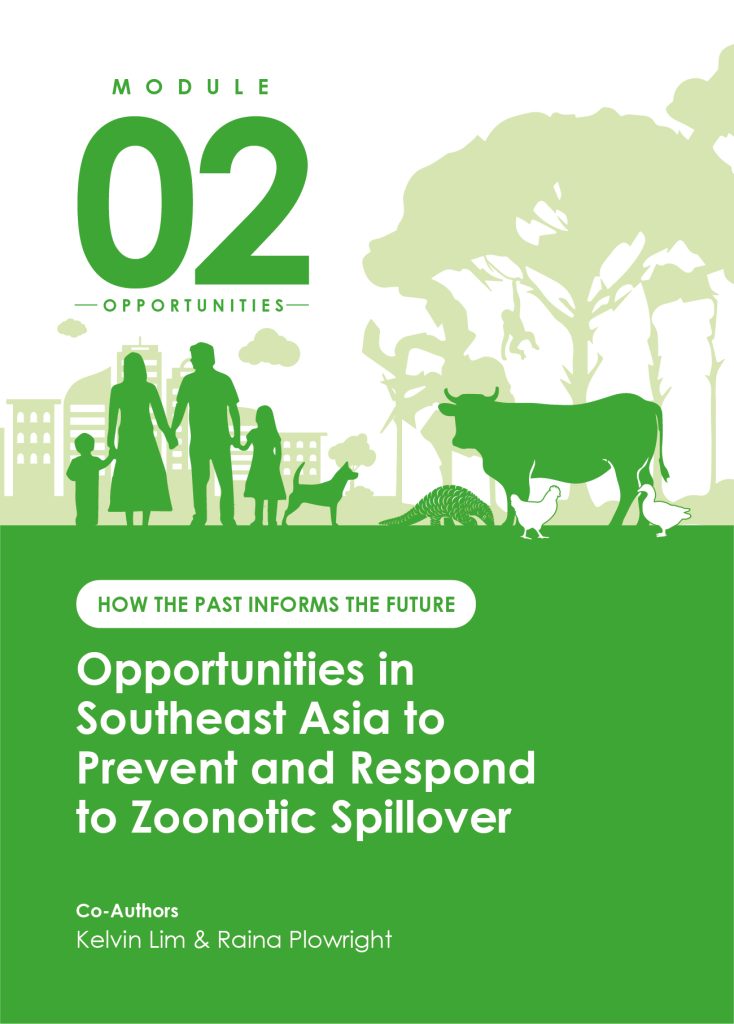

Ways to prevent mitigate zoonotic spillover
- Reduce persistence and amplification of a pathogen once it enters the wildlife trade.
- Control the pathogen contaminating the environment.
- Inter-species interactions: ways to reduce animal and human behaviors that increase exposure throughout the supply chain.
- Implementing regulations and enforcement measures to restrict wild animal sales in live animal markets.
- Improve hygiene standards and sanitation in live traditional markets to reduce the risk of zoonotic disease transmission.
- Market infrastructure and layout that increase disease transmission: High population-dense structures, stacked cages, and mixing of different animal species.
- Reduce probability of animals in allostatic overload throughout .
How The Past Informs The Future
This module addresses the pressing issue of zoonotic disease in the region and its overall impact on public health and other sectors. The goal of the module is to help the user develop semi-comprehensive strategies to address the challenges posed by zoonotic spillover events in the region in the context of the One Health approach. The module details how pandemic pathogens can infiltrate and proliferate within live animal supply chains (the eight steps to spillover), from reservoir hosts to wildlife trade to domesticated animals to humans. Effective interventions and real-life case studies discussed in this module help to identify and illustrate strategies to minimize pathogen persistence in live animal supply chains, especially those involving wildlife, as well as ways to reduce animal-human contact that could lead to spillover and protect individuals, particularly at risk.
Contents
- Global epicenter: Why Southeast Asia serves as a hotspot for emerging infectious diseases
- Biodiversity
- Wet markets, livestock farming, and food safety
- Socioeconomic factors
- Ecology
- Wildlife trade and trafficking
- Strengthening barriers: Defining zoonotic spillover and strategies for transmission control
- Pandemic prevention
- Protect humans at risk of infection
- Quick detection of spillovers upon entering human populations: monitoring & surveillance of people at risk
Project Management
The project, Countering Zoonotic Spillover of High Consequence Pathogens (HCP), is conducted in collaboration with the US National Academies of Sciences, Engineering, and Medicine (NASEM).
The project is locally managed by Project Officer, Hazel Yean Ru Ann, who is co-located with the INGSA-Asia office at Sunway University, Malaysia.
If you or your organisation are involved with the live animal supply chain in Asia, or have expertise in zoonosis, we encourage you to get in touch with the Project Officer and help us to operationalise and disseminate best practice in the field.

